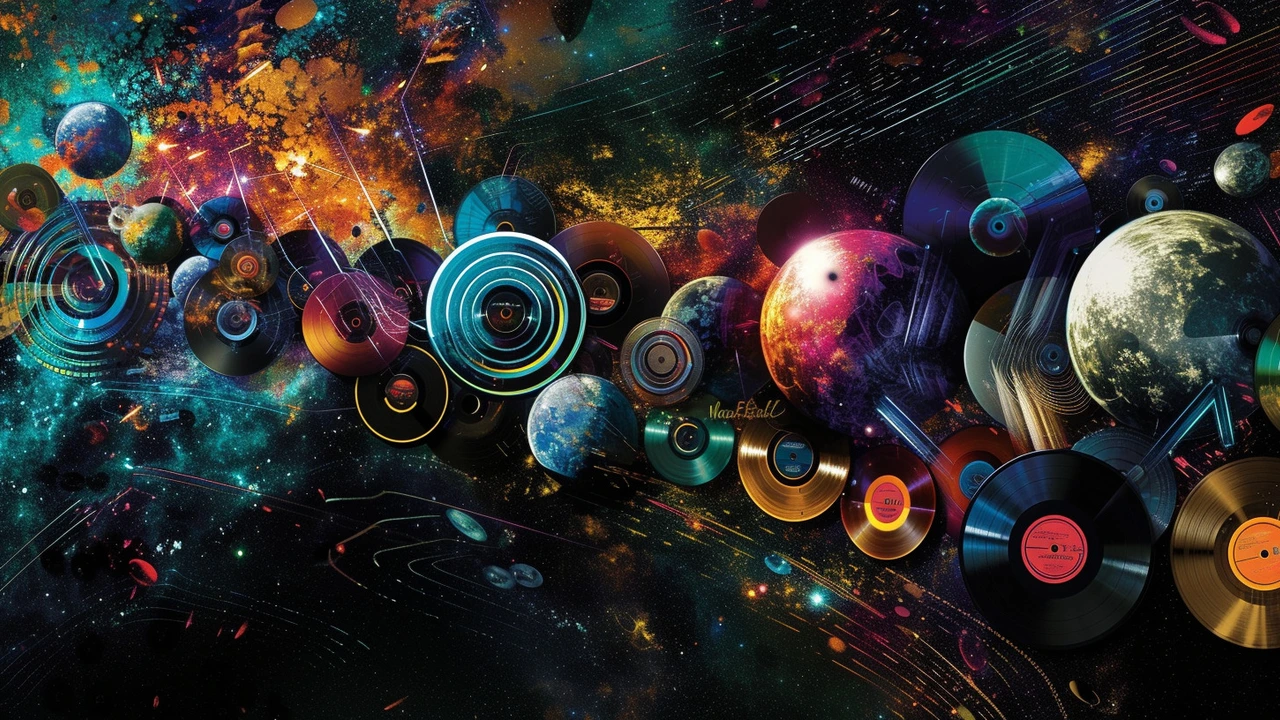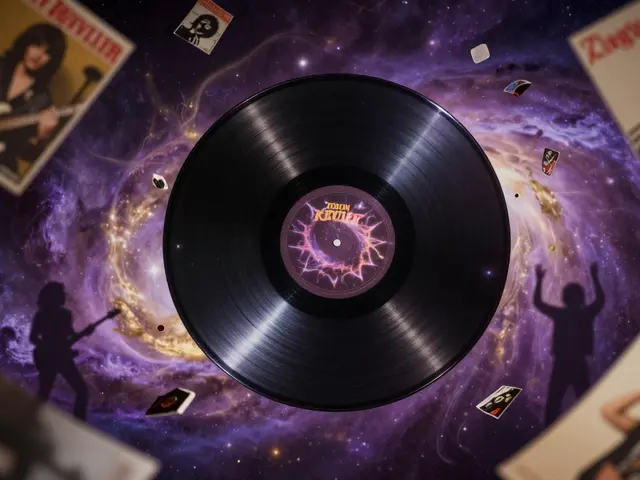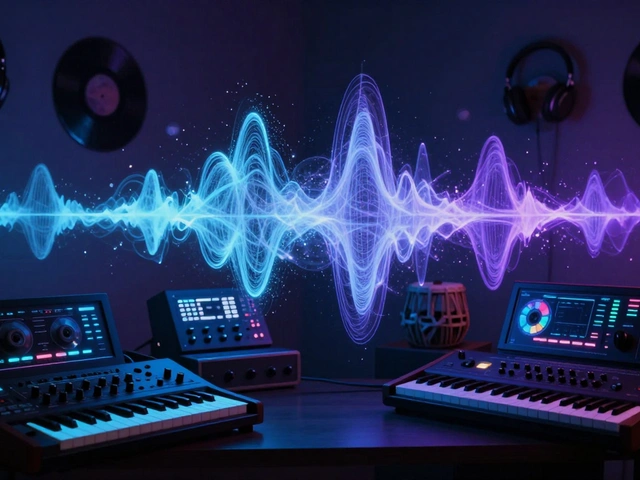Unraveling the Complexity of Electronic Music
If you refer to the playlist on my phone, you will be confronted with a smorgasbord of artists, genres, and songs stemming from the world of electronic music. The captivating beats of Tangerine Dream, the enchanting melodies of Daft Punk, or the heavy bass lines of Deadmau5 might get your feet tapping, heart pumping, and mind reeling all at the same time. It is indeed a transcendent audio journey that evokes a vast spectrum of emotions. Yet the intricacies behind creating such sonic masterpieces remain elusive to many.
As a fan and hobbyist-tinkerer in electronic music myself, I decided to shed some light on this largely misunderstood music genre. And no, you don't need to be a computer whiz or an experienced musician to get started—you just need a healthy dose of curiosity and a passion for sounds.
An Overview of the Electronic Landscape
Before we dive into the nitty-gritty, it's crucial to understand what electronic music entails. Contrary to some assertions, it's not just some button-pushing or knob-twisting business. It is a revolutionary genre born out of the marriage of technology and music, where sounds are produced mainly by electronic means.
The genre dates back to the early 20th century, taking off with the invention of electronic instruments like the theremin and the ondes Martenot, up to modern-day synthesizers and computer software. From experimental and classical music, it has branched out into various sub-genres—each carrying its unique sonic characteristics.
Hardware and Software Essentials
Moving on, there are two primary building blocks in the world of electronic music: hardware and software. While I would have loved to explain each one with my best buddy, Bosco (he's my trusty canine sidekick who, in a delightful turn of events, seems to have developed unusually keen ears for electronic beats), he seems more focused on chewing his favorite toy at the moment. So, let's decouple these essentials.
Hardware refers to physical instruments and devices such as synthesizers, drum machines, samplers, controllers, and mixers. You might even fancy a classic Moog analog synthesizer or a theremin (if you want to go retro).
Software, on the other hand, refers to programs that create or manipulate electronic sounds. Many digital audio workstations (DAWs) like Ableton Live, Logic Pro, or FL Studio have surfaced as powerful tools for electronic music production, featuring collections of virtual instruments and effects, a realm known as VST (Virtual Studio Technology).
Digging Deeper: Understanding Sound and Synthesis
Now, here’s where things might start to get a bit technical (don't panic—think of it as the plot twist in your favorite thriller). Understanding sound and synthesis techniques can level up your electronic music production journey.
Sounds can be broken down into four elements: pitch, timbre, volume, and duration. Electronic music manipulates these elements to evoke unique aural experiences. Synthesis, the process of generating sound, plays a critical role here. Various synthesis methods, such as subtractive, additive, and FM synthesis, yield distinctive sounds and textures.
An Introduction to Sampling and Sound Design
Another fascinating facet of electronic music production is sampling. Want to hear a blender in your next track? Or a belch (just for giggles)? You can include virtually any sound in your music through sampling. I once recorded a rhythmic pattern Bosco made with his claws against our wooden floor and ran it through a sampler—voila, it birthed a pretty catchy loop.
Sound design is also a fundamental aspect of electronic music. Using synthesis and processing techniques, you can design original sounds—be it alien-like vocal effects, unnatural instrument sounds, or even create an auditory environment. If you've ever marveled at how a track can make you feel like you're in a dystopian future or a rainforest, that's sound design at work.
Now, Go Create: Tips and Encouragement
Last but definitely not least, I want to leave you with some encouragement. Yes, the world of electronic music can be intimidating with its jargon, technologies, and theories. However, I believe it's like surfing—seemingly overwhelming, but once you find your balance and ride your first wave, you'll be hooked.
Start small and slow. Familiarize yourself with a DAW, play around with sound design, or explore a drum machine. Watch tutorials, read expert guides, and learn from others. Remember, it's perfectly okay to make mistakes. These hiccups serve as a stepping stone towards your growth as a budding electronic musician. After all, beauty lies hidden within these imperfections.
Creating electronic music is an alchemic process—manipulating sounds to bring about melodious experiences. It's magic and science blended into one fantastical reality. Passion and curiosity are the only things you need to dive into this mesmerizing world. So, set free your imagination, let your ears guide you and push those buttons—the sonic universe is waiting for you!






